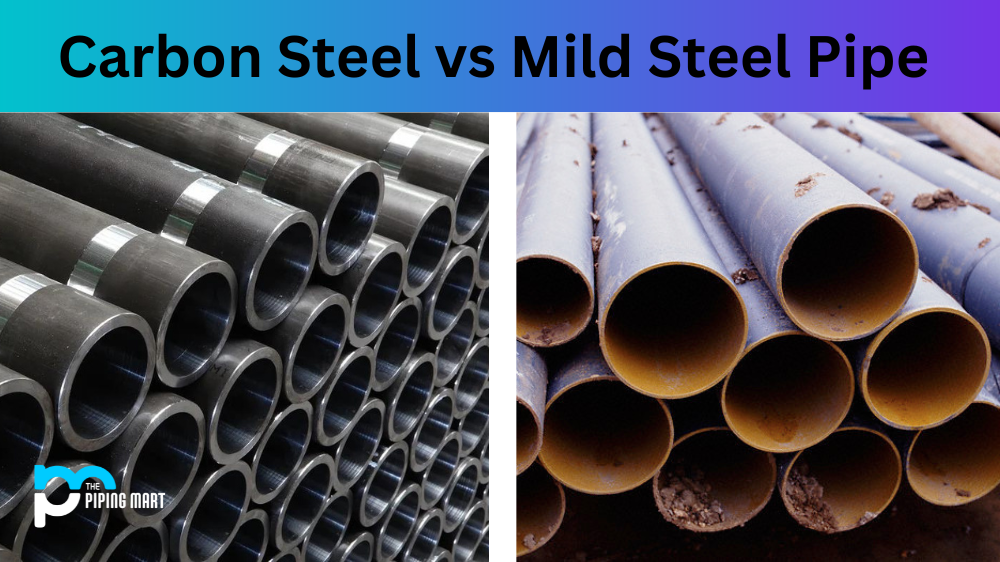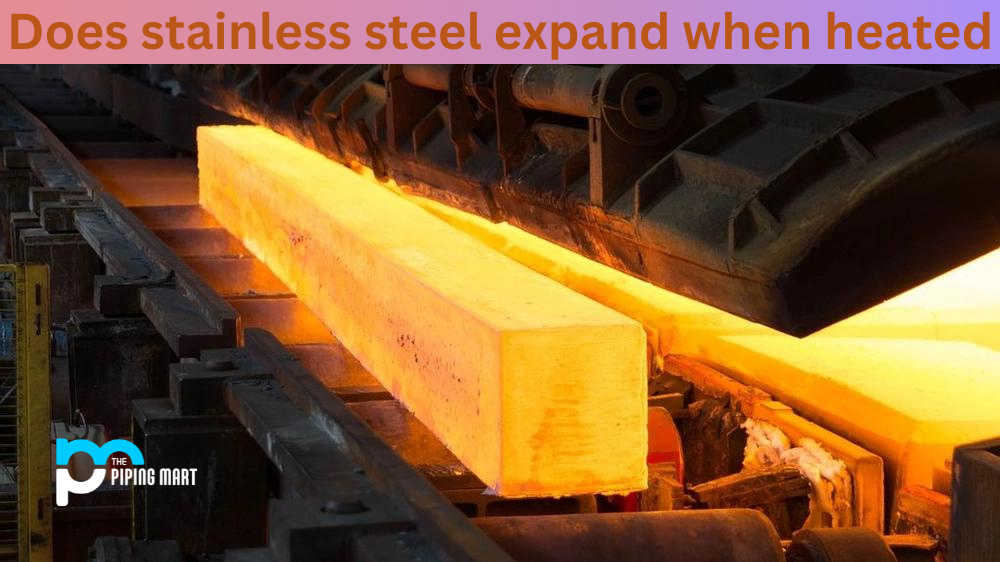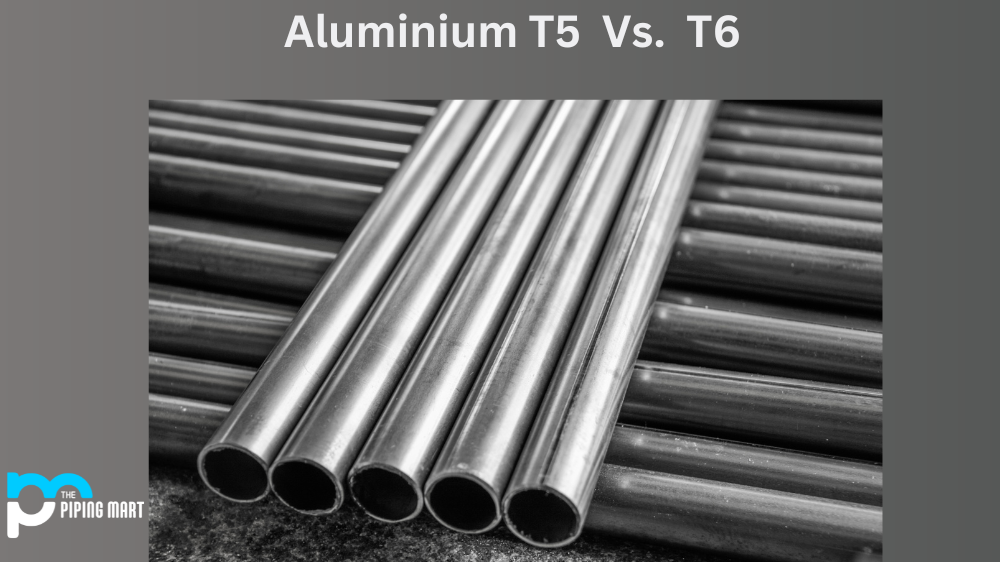If you’re in the market for a new pipe, you may have come across the terms CS and MS pipe. While these two types of pipes are similar in some respects, they are also very different in others. To ensure that you buy the correct type of pipe for your project, it’s important to understand the differences between CS and MS pipes.
What is CS Pipe?
CS stands for “carbon steel” and refers to a type of metal composed primarily of carbon and iron atoms. CS pipes are usually used in industrial applications because they are highly durable and can withstand extreme temperatures, pressures, chemicals, and other harsh conditions.
What is MS Pipe?
MS stands for “mild steel” and refers to a type of metal that contains higher amounts of carbon than other metals like aluminum or copper. Mild steel is often used in construction projects because it is both cost-effective and easy to work with. It is also resistant to corrosion, making it an ideal choice for outdoor applications.
Differences Between CS & MS Pipes
The primary difference between CS pipes and MS pipes lies in their composition; while both types of pipes contain carbon atoms, the amount of carbon contained within each type varies significantly. This means that while both types of pipe are strong enough to be used in many applications, each type has its own set of advantages and disadvantages depending on what conditions they will be exposed to during use. For example, while mild steel is better suited for outdoor applications due to its superior corrosion resistance, carbon steel has a greater capacity for withstanding extreme pressure or temperature changes without being damaged or deforming over time.
Conclusion
As you can see, several key differences between CS and MS pipe make them well-suited for different types of projects. When choosing which type of pipe is best suited for your project, it’s important to consider factors such as the environment where the pipe will be installed as well as any external forces (such as temperature or pressure) that may act upon it over time. With this knowledge in hand, you should have no trouble selecting the right type of material for your project!

Pipingmart is B2B portal specializes in industrial, metal and piping products. Also, share latest information and news related to products, materials and different types grades to help business dealing in this industry.




